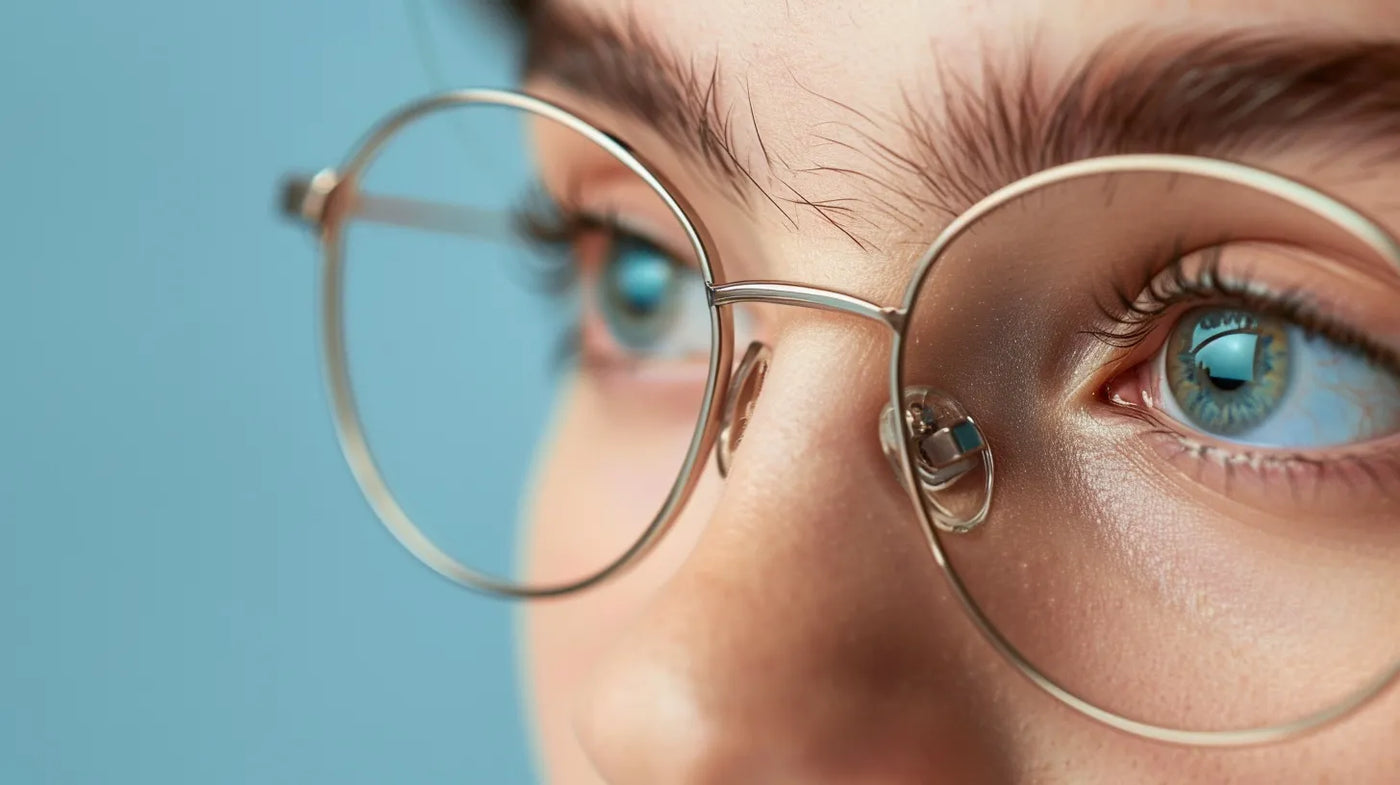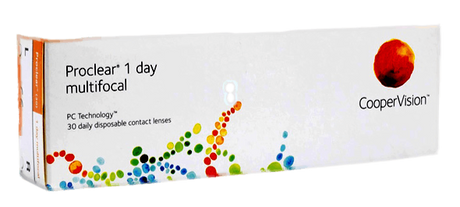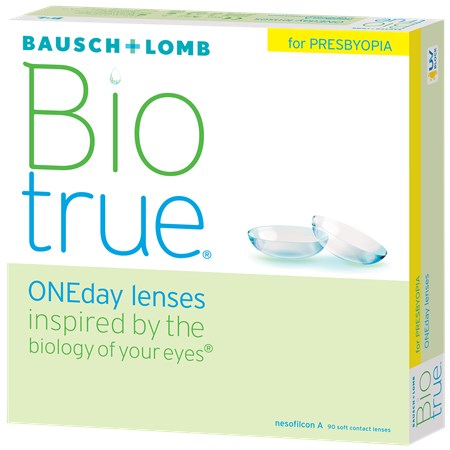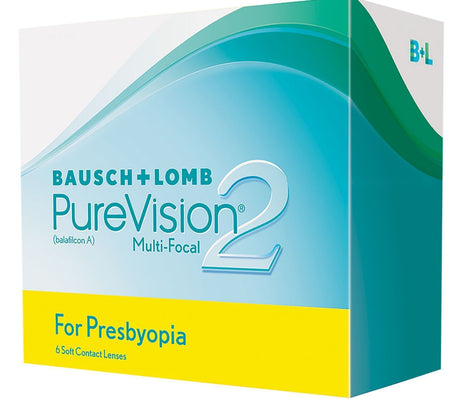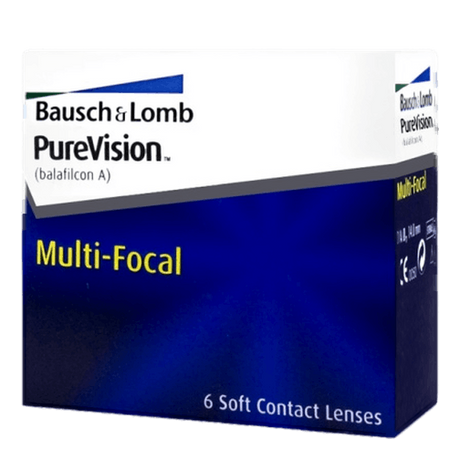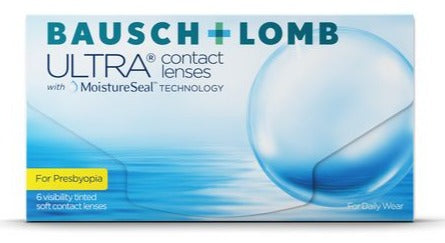Introduction to Progressive Lenses
Progressive lenses, also known as multifocal lenses, are a type of eyeglasses that combine multiple vision-correcting strengths in a single pair of lenses. They are designed to help people with presbyopia, a condition that typically occurs with age and makes it difficult to focus on nearby objects.
Unlike bifocal or trifocal glasses, which have distinct lines separating the different strengths, progressive lenses offer a gradual transition between the strengths. This provides a more natural visual experience and eliminates the need to switch between multiple pairs of glasses for different activities.
How Do Progressive Lenses Work?
Progressive eyeglass lenses are divided into three main zones:
- The top portion of the lens is designed for distance vision, such as watching TV or driving.
- The middle of the lens is intended for intermediate distances, such as using a computer or reading a menu.
- The bottom portion of the lens is optimized for near vision, such as reading a book or sewing.
The transitions between these zones are seamless, allowing your eyes to adjust naturally as you shift focus between different distances. It may take some time to get used to progressive lenses, but most people adapt within a few weeks.
Benefits of Progressive Lenses
There are several advantages to choosing progressive lenses:
- Convenience: With progressive lenses, you don't need to switch between multiple pairs of glasses for different activities.
- Natural Vision: The gradual transition between strengths provides a more natural visual experience compared to bifocal or trifocal lenses.
- Aesthetics: Since progressive lenses don't have visible lines, they are more aesthetically appealing than other types of multifocal lenses.
- Customizability: Progressive lenses can be tailored to fit your individual vision needs and lifestyle.
Choosing the Right Progressive Lenses
When selecting progressive lenses, it's important to work closely with an optician to ensure you get the right pair for your needs. Some factors to consider include:
- Your vision strength and specific vision requirements
- Your daily activities and lifestyle
- The size and shape of your eyeglass frames
- The quality and material of the lenses
Your optician can help you choose the right progressive lenses and ensure they are properly fitted in your eyeglass frames for optimal comfort and visual performance.
Progressive Lenses and Contact Lenses
For those who prefer to wear contact lenses, there are also multifocal contact lens options available. These lenses work similarly to progressive glasses, with different zones for near and distance vision. Multifocal contact lenses can be a good alternative for those who want the freedom of not wearing glasses all the time while still enjoying the benefits of multifocal vision.
Whether you choose progressive glasses or multifocal contact lenses, it's important to have regular eye exams and follow your optician's recommendations for eye care. With the right correction and care, you can enjoy clear and comfortable vision at all distances, regardless of your age.
Remember, your vision is as unique as you are. By investing in high-quality progressive lenses or multifocal contact lenses, you can continue to live life to the fullest, no matter where your focus lies.
